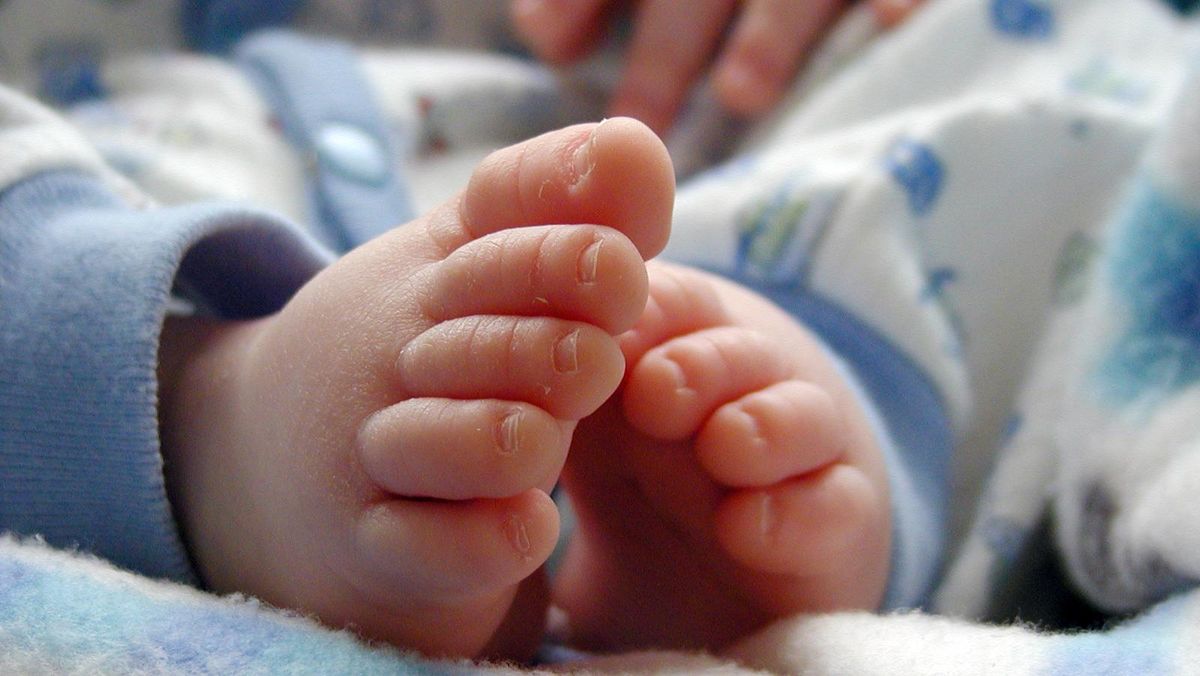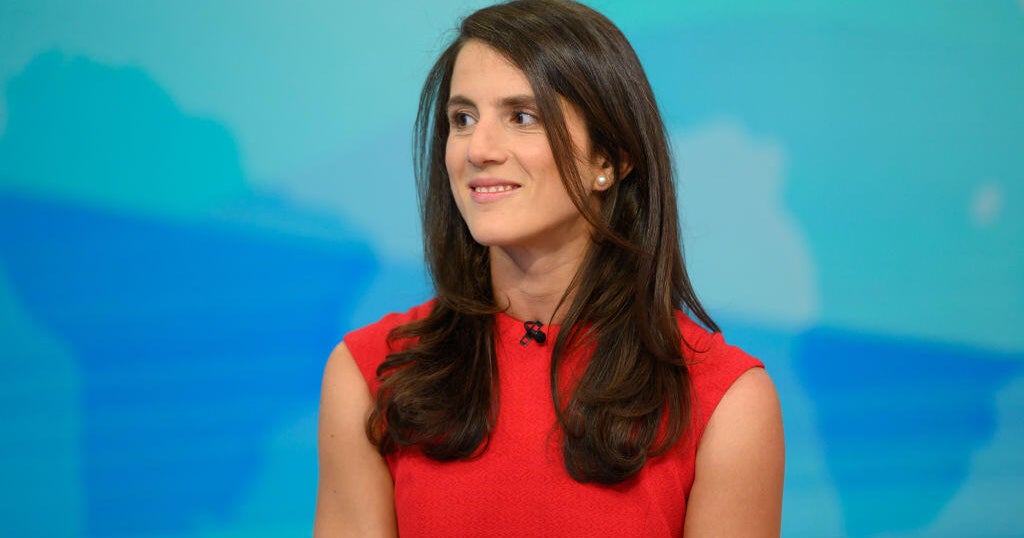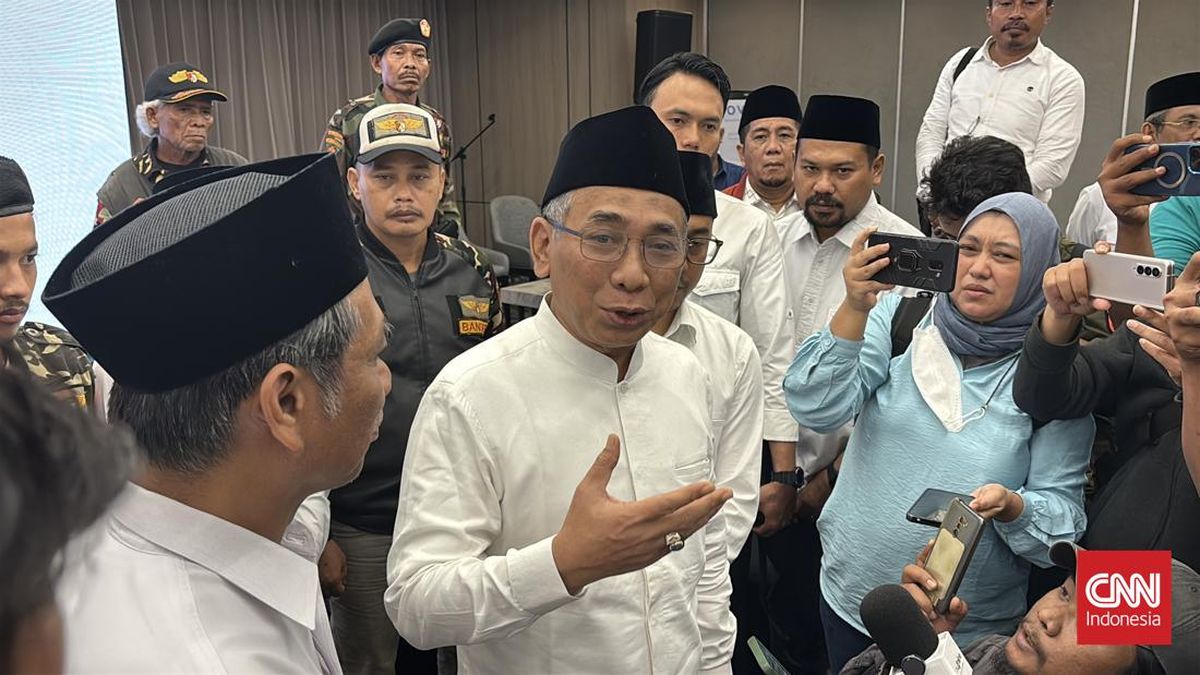Civil development costs have surged in Brisbane, putting increased pressure on house prices – and it could get worse before it gets better.
The costs cover everything that needs to be done on a block of land before construction begins, including connecting utilities such as sewerage and electricity, laying roads, completing earthworks, and paying government charges.
Data reveals the cost of completing those invisible-but-necessary steps for the average block of land in south-east Queensland has climbed to $180,230.

The average cost of prepping a block to build a house in south-east Queensland is up about 80 per cent since the pandemic. Credit: Nine News
That represents an increase of about 80 per cent since the pandemic, and 7.7 per cent from just 12 months ago, when the average cost was $167,365.
“It’s a supply and demand thing that we’re really seeing here,” said Dan Collins, a director at Colliers, which compiled the data.
“The COVID bubble had a really, really significant impact on things.
“There was a boom in infrastructure, and there was such a shortfall of resources and labour that the prices skyrocketed.
“At the same time, there were shortages of supply: concrete costs, asphalt costs, all of that were going up because the demand had skyrocketed.”
Colliers’ report – which was published in October – says across Brisbane, the average cost of civil works is estimated to be between $215,000 and $200,000, while in Logan Reserve and Park Ridge, it’s just $140,330.
The industry attributes construction cost rises to worker shortages, price increases for materials such as asphalt, gravel and concrete, government red tape, and slower approval times.
Queensland was the second-fastest state for house approvals in 2024 and 2025, with the process taking 9.15 months on average – well below the national average of 11.49 months.
It’s still almost three months longer than a decade ago, when the average project was given the all-clear within 6.78 months, according to the Master Builders Association.
Collins said price rises had stabilised for now, but a huge pipeline of upcoming government projects leading into the 2032 Olympics had the potential to again blow out costs in the residential market.
“We probably expect that with a significant boom in infrastructure … the state government is going to be basically having open-cost contracts to deliver because they can’t afford any delays,” he said.
“Your traditional residential market, which would be lump sum, tender and price projects, I think will struggle to maintain that, and it’ll be all cost plus.”
Paul Bidwell, the chief executive of Master Builders Queensland, believed the same trend was likely at the construction end of the residential development process.
“The cost of construction is going to go up, not down,” he said.
“On top of everything else, we don’t have enough people to build.
“For that pipeline of work, there have been a number of reports about what that shortfall looks like. It’s something like, we need another 18,000 people coming into this industry.”
Start the day with a summary of the day’s most important and interesting stories, analysis and insights. Sign up for our Morning Edition newsletter.
Most Viewed in National
Loading


















































